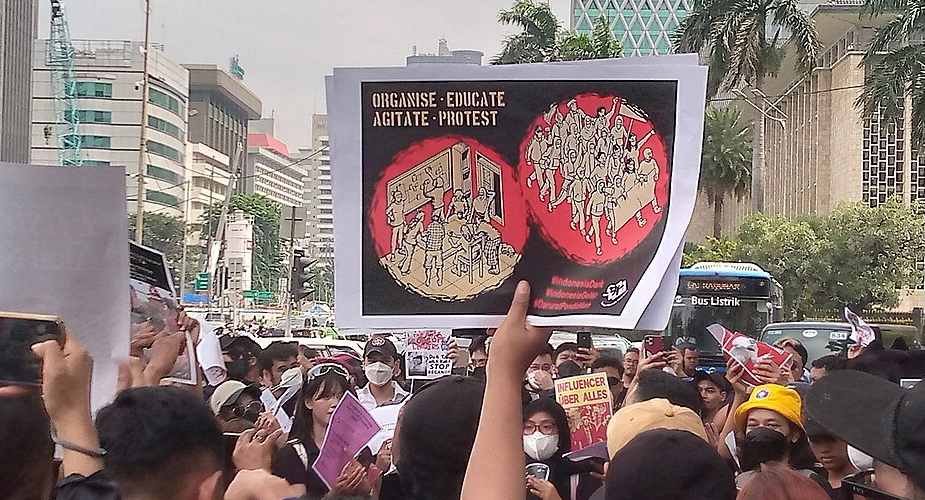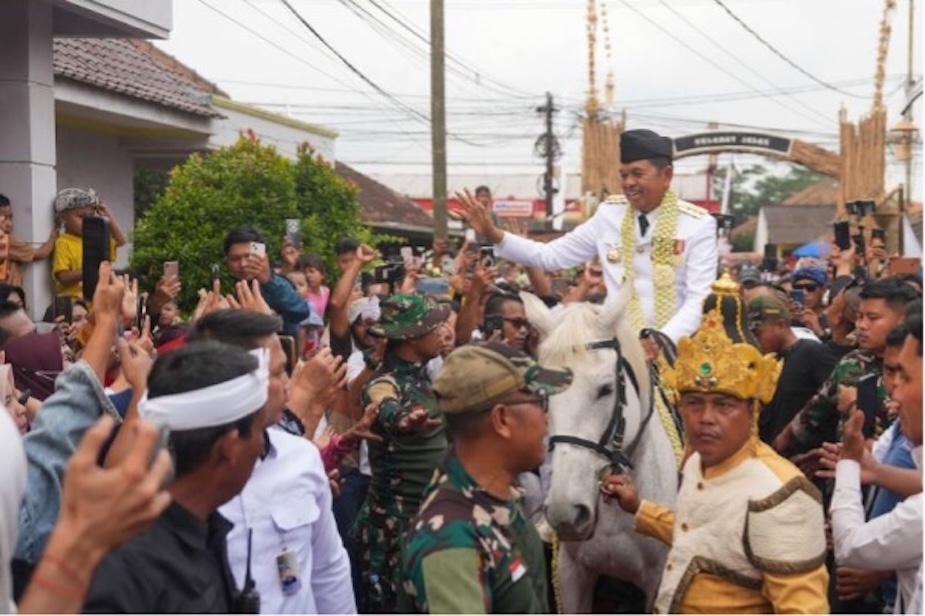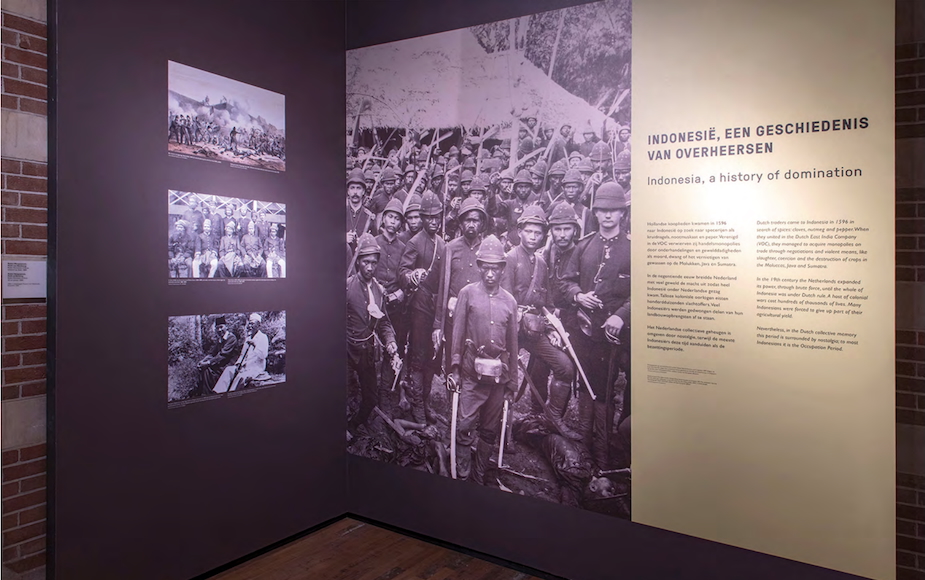Review: Toraja comes alive in this book through the detailed descriptions and interlinking of political, social, economic, and religious processes.
Blair Palmer
The elaborate funeral feasts and striking architecture of the Toraja region of South Sulawesi make it a popular destination for both tourists and academics. Tana Toraja: a social history of an Indonesian people is a carefully researched histor ical account of the period since 1860. Based on Bigalke’s 1981 PhD thesis (University of Wisconsin-Madison), this book makes extensive use of both the Colonial Archives in the Nether lands and the archives of the Calvinist Mission Alliance, and draws on ten months of field research including extensive interviews.
The book begins with the period before the Dutch began to penetrate the highlands in 1905, focusing on the coffee trade of the late nineteenth century. The second section describes the period from 1905-1942, when Toraja was administered by the Dutch, and describes the beginning of Torajan ethnic consciousness. The Calvinist Mission Alliance established schools and began to spread Christianity from 1913, working with the government to provide a buffer to the Islamic lowlands. The third section of the book describes Toraja in the ‘Indonesian world’ since 1942. Between 1942 and 1965, Toraja was buffeted by powerful outside polit ical events, including the Japanese occupation, the return of the Dutch and the Indonesian revolution, as well as by a series of local rebellions. These events had a significant impact on the way the region negotiated its place within the new Indonesian nation. The Suharto period brought further changes including the rise of tourism and a revival of aluk, the indigenous religion.
Religious change is a major theme in the book. Early missionaries struggled to undermine elements of aluk in order to ease the transition to Christianity. Religious shifts and conversion in the highlands were intimately related to highland-lowland relations and to efforts by the traditional elite to retain power within Torajan social structure.
Toraja comes alive for the reader through detailed descriptions and interlinking of political, social, economic and religious processes. Bigalke’s expressive writing style makes this book a pleasure to read.
Terance W Bigalke, Tana Toraja, Singapore, Singapore University Press, 2005, ISBN 9971693135, A$ 75
Blair Palmer (Blair.Palmer@anu.edu.au)
Review: The book depicts a fairly turbulent and somewhat negative picture of Indonesia’s democratisation process.
Patrick Barrow
This book demonstrates the importance of personal connections and money politics in the Indonesian political system. It describes the difficulties faced by electoral candidates who lack funds, the manipulation of traditional ideologies to gain regional votes, the role of intimidating militias and the misappropriation of Islam. Three main areas are covered in the book — state ideologies and institutions; the roles and positions of minority groups; and regional conflicts and decentralisation.
Ingrid Wessel outlines concepts of the state, such as the Pancasila, and their impact on the process of democratisation. Patrick Ziegenhain depicts the weaknesses of the structure of the parliament and suggests new legislation necessary to rectify these. Petra Stockmann focuses on the flaws in recent legislation, such as anti-terrorism laws, contradictory laws and the laws relating to the jurisdiction of the human rights trials in East Timor.
Christian Chua discusses Chinese Indonesian conglomerates, whose symbiotic relations with the government have hindered reforms and damaged relations between ethnic Chinese and other Indonesians. Verena Beittinger-Lee writes about the fragmentation within Islam and civil society, caused by limited democratic space. Beittinger-Lee also indicates concern about social competition. Eva Streifeneder recognises the value of civil testimony about the treatment of the perpetrators and victims of the 1965-66 massacres. She looks at the motivation of the current elite in maintaining the silence and at the Truth and Reconciliation Bill.
In the final section on decentralisation and ethnic conflict, Johannes Herrmann maintains that decentralisation allows ethnic conflict, corruption and money politics to flourish. Antje Missbach’s chapter, written before the historic agreement between the Indonesian government and GAM (Free Aceh Movement) this year, outlines the economic activities which have thrived during the conflict and concludes that it is in the interests of both GAM and the military to continue this conflict.
The book depicts a fairly turbulent and somewhat negative picture of Indonesia’s democratisation process. It documents recent attempts at change, suggesting new legislation and legal reform, a controlled number of parties and social awareness and involvement as but a few of the required ingredients.
Edited by Ingrid Wessel, Democratisation in Indonesia after the fall of Suharto, Berlin, Logos-Verlag, 2005, ISBN 3-8325-0861-9, 19.90. Order from: www.logos-verlag.de/englisch/engframes.html
Patrick Barrow (belzebul5@yahoo.com)
Review:The tale is both gripping as a story and revealing of the dirty underbelly of the last days of Suharto’s Indonesia.
Ron Witton
The Invisible Palace: the true story of a journalist’s murder in Java describes the 1997 trial of the alleged murderer of a Yogyakarta newspaper journalist named Fuad Muhammad Syafruddin, known to his friends as ‘Udin’. The tale is both gripping as a story and revealing of the dirty underbelly of the last days of Suharto’s Indonesia. This is the story of a police investigation (better described as a ‘frame-up’) which culminated in a trial that mesmerised Indonesia.
Rich in detail of life in Yogyakarta and the Bantul district to Yogyakarta’s south, the story is told skilfully by a former Jakarta correspondent for Asiaweek. Tesoro, a Filipino, is himself a law graduate and if this, his first book, is anything to go by, he will be a crime writer to rival John Grisham. The book, using all the skills of an investigative reporter with access to numerous informants and the transcript of an explosive trial, investigates how the police set up an innocent driver to take the blame for what was obviously a politically inspired murder. This is a book not to be missed.
Jose Manuel Tesoro, The Invisible Palace, Jakarta, Equinox, 2004, ISBN 9799796474 A$ 25.95. Available at Nusantara Indonesian Bookshop.
Ron Witton (rwitton@uow.edu.au)











